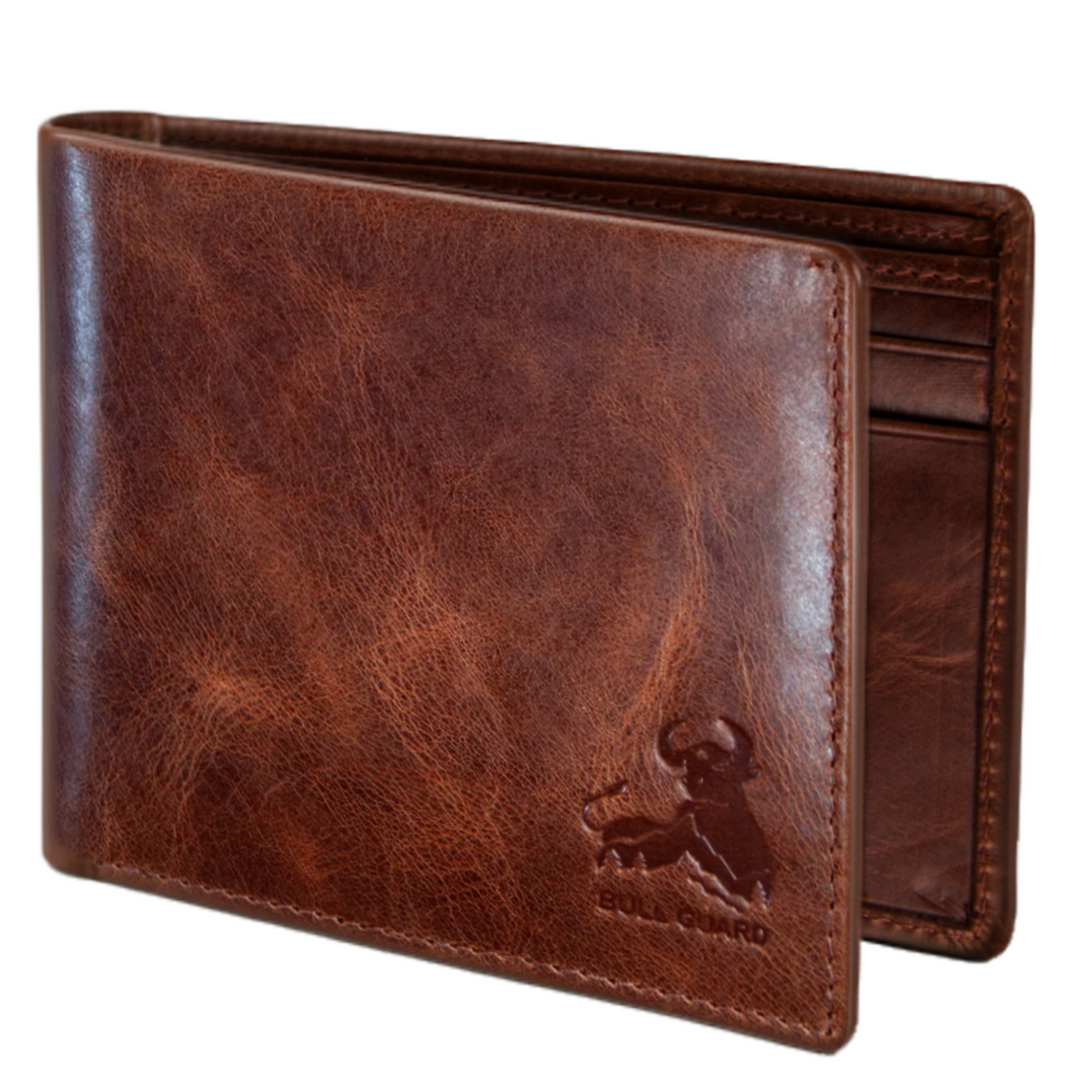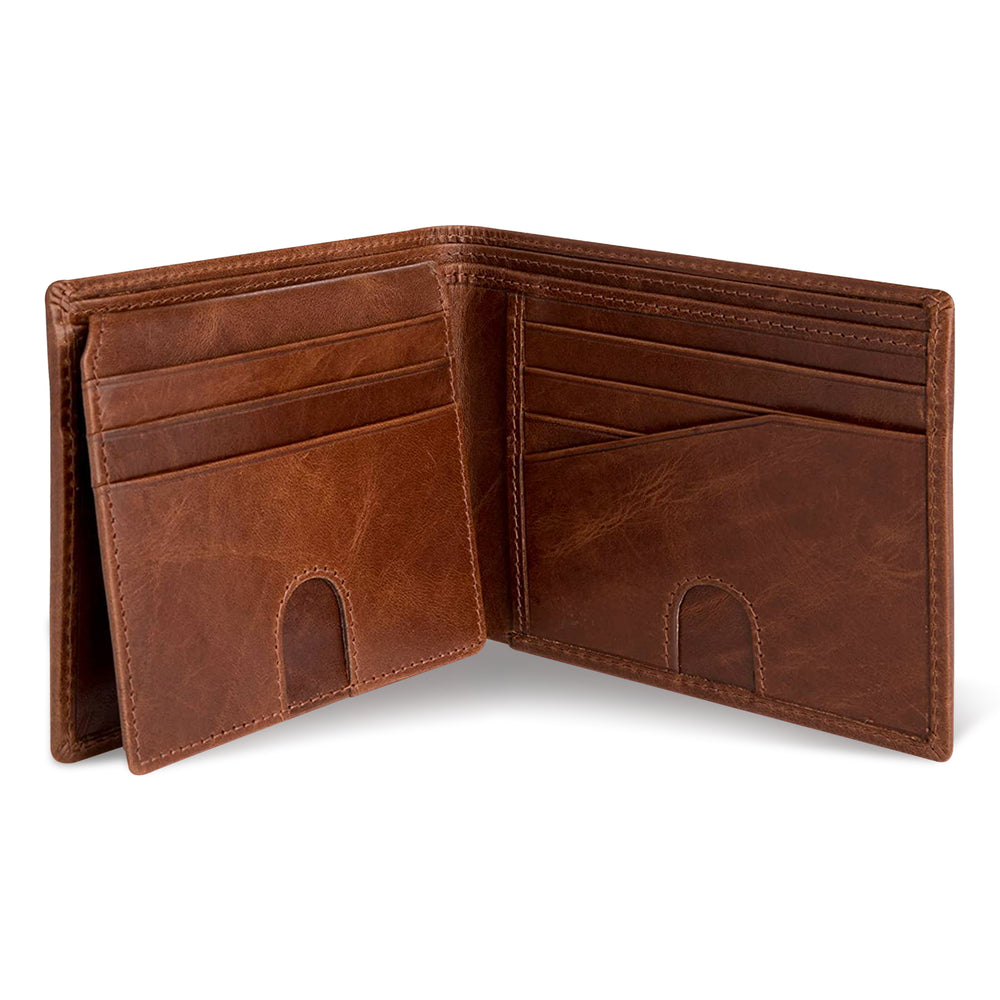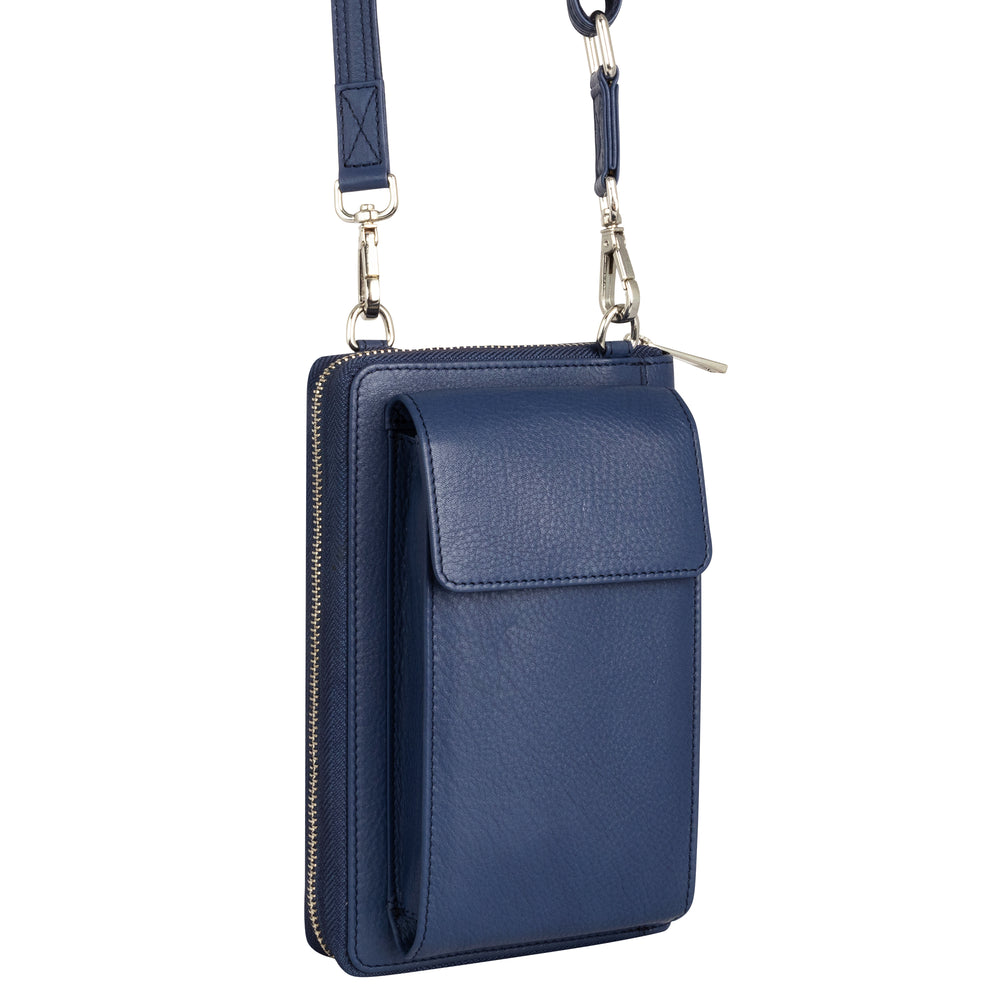Key Takeaways
- Real leather is more than just a material; it embodies memories and personal stories.
- Authentic leather accessories evolve over time, developing unique patina and resilience.
- Leather products serve as lasting companions that grow alongside your daily experiences.
- The founder of Bull Guard emphasizes the transformative quality of genuine leather in everyday use.
Table of Contents
- Exploring True Real Leather: Craftsmanship, Quality, and Everyday Empowerment
- What Is Real Leather? Defining the Material, Experience, and Appeal
- Types of Real Leather: Beyond Labels, What to Look For and Why
- How Real Leather Is Made: Processes, Craftsmanship, and Journey
- Identifying Authentic Real Leather: Techniques for Everyday Buyers
- Caring for Real Leather: Practical Routines & Fixes for Lasting Beauty
- Real Leather Comparisons: Selecting the Best for Your Lifestyle
Exploring True Real Leather: Craftsmanship, Quality, and Everyday Empowerment
Real leather transcends material, it's memory woven into every stitch, a daily partner that carries your essentials and evolves with your journey. As Bull Guard's founder, I've witnessed how authentic leather transforms basic accessories into lasting companions, developing patina, resilience, and soul through everyday use. 2 ID Leather Wallet and Airtag Leather Card Holder Wallet for Men are prime examples of how thoughtfully crafted leather goods can become trusted partners in your everyday life.
This guide unlocks the authentic world of real leather, from origins and craftsmanship to care, sustainability, and daily carry, empowering you to make informed choices and truly "carry life boldly." Bifold Slim with or without Airtag is another versatile option for those seeking a blend of style and function in their daily carry.
What Is Real Leather? Defining the Material, Experience, and Appeal

What Counts as Real Leather?
Quick Answer: Real leather means material sourced from genuine animal hides, primarily cow, buffalo, or sheep, processed to preserve natural strength, breathability, and longevity. It's not synthetic, bonded, or artificial.
Authentic leather bears natural texture, unique grain patterns, and develops distinctive patina through use. Unlike synthetic alternatives, real leather maintains structural integrity while softening and personalizing to your routine, creating an irreplaceable connection between material and owner. For more on the differences between real and faux options, see this faux synthetic leather guide.
Characteristics of Real Leather: How It Feels, Ages, and Supports
Durability: Real leather resists years of wear, flexing rather than failing. Where synthetics crack or peel, authentic leather patinas gracefully, showing strength through time rather than deterioration.
Breathability & Scent: Natural pores allow airflow, preventing moisture buildup that plagues synthetic materials. Genuine leather retains an earthy, organic aroma, a signature of authenticity that synthetic materials cannot replicate.
Patina Development: Over months and years, real leather softens, deepens in color, and tells your unique story. Each crease, subtle color shift, and texture change reflects your adventures, creating a personalized accessory that grows more beautiful with use.
| Characteristic | Real Leather | Synthetic Leather |
|---|---|---|
| Durability | Improves with age, develops patina | Degrades over time, cracks/peels |
| Breathability | Natural pores allow airflow | Non-porous, traps moisture |
| Scent | Earthy, organic aroma | Chemical or artificial smell |
| Aging | Beautiful patina development | Uniform deterioration |
| Tactile Feel | Warm, varied texture | Cold, uniform surface |
Why Real Leather Matters in Daily Use
Enhanced Protection: In Bull Guard wallets, authentic leather provides superior RFID shielding integrity, maintaining consistent protection against unauthorized scans while preserving card accessibility and wallet flexibility.
Emotional Connection: From daily commutes to wilderness adventures, a real leather wallet becomes your trusted companion, not merely an accessory, but a reliable partner that adapts to your lifestyle while maintaining unwavering performance and growing more personal with every use. For more insights, read about what makes a durable leather wallet for everyday use stand out.
Types of Real Leather: Beyond Labels, What to Look For and Why
Core Leather Types and Their Nuances
Full Grain: The hide's top layer, minimally processed to preserve natural markings and maximum durability. It softens and molds to use patterns, ideal for lifelong accessories that improve with age rather than deteriorate. To learn more about this premium material, see our article on full grain leather.
Top Grain: Lightly sanded to remove surface imperfections while retaining durability and natural feel. Quality depends heavily on tannery expertise, think master chef's technique, not just raw ingredients.
Genuine Leather: Broad industry term meaning real animal leather, spanning quality ranges from split layers to corrected grain. The label alone doesn't guarantee performance, construction and sourcing matter more.
| Leather Type | Source Layer | Durability | Aging Character | Typical Applications |
|---|---|---|---|---|
| Full Grain | Top hide layer | Maximum strength | Rich patina development | Premium wallets, luxury goods |
| Top Grain | Top layer, lightly sanded | High durability | Uniform aging | Quality accessories, upholstery |
| Genuine | Variable layers | Depends on processing | Inconsistent | Wide range of goods |
Split Leather: Derived from lower hide layers after top grain removal. Softer texture but reduced structural integrity compared to full and top grain options.
| Leather Type | Source Layer | Durability | Appearance | Aging Process | Best Applications |
|---|---|---|---|---|---|
| Full Grain | Top hide layer | Maximum strength | Natural markings visible | Rich patina development | Premium wallets, heirloom pieces |
| Top Grain | Top layer, lightly sanded | High durability | Uniform, refined surface | Consistent aging | Professional accessories |
| Genuine Leather | Variable layers | Wide quality range | Processed finish | Depends on grade | Budget to mid-range goods |
| Split Leather | Lower hide layers | Moderate strength | Soft, suede-like | Limited patina | Interior linings, casual items |
Industry Myths & Consumer Education: Tannery and Process Matter
Leather quality stems from hide selection, tanning methods, and finishing expertise, not just grade labels. Two "top grain" products can perform vastly differently depending on tannery standards, chemical processes, and quality control measures.
At Bull Guard, we specify and test every leather batch for hand-feel, durability, and long-term performance. Our partnerships with trusted tanneries ensure consistent quality that exceeds marketing terminology, because your daily carry deserves substance over labels. If you're looking for a classic, time-tested design, the Classic Leather Trifold is a great example of craftsmanship and durability.
How Real Leather Is Made: Processes, Craftsmanship, and Journey
From Hide to Everyday Companion, The Bull Guard Approach
Premium hides undergo careful selection and specialized tanning, vegetable tanning uses natural bark and root extracts, creating eco-friendly results with rich colors that deepen beautifully over time. Chrome tanning offers durability and flexibility, while hybrid methods combine both benefits.
Skilled craftsmen cut, stitch, and finish each piece, inspecting stitch strength, lining integration, and RFID layer placement. Every seam receives reinforcement stitching, every edge gets hand-burnishing, and every component meets our durability standards.
Every Bull Guard wallet endures real-world testing from urban commutes to mountain trails, ensuring the real leather truly withstands daily life. This rigorous process transforms raw materials into trusted companions ready for your adventures. For a deeper dive into the science and process of leather making, see this leathermaking self-training guide.
Actionable Tips, What to Look For When Shopping Real Leather
Shopping Checklist for Real Leather Goods
- Scent Test: Genuine leather emits earthy, organic aroma, synthetic smells chemical or artificial
- Touch Assessment: Real leather feels warm and varied; plastic feels cold and uniform
- Edge Inspection: Finished or burnished edges signal authentic handcrafting
- Grain Check: Gently press surface, true leather reveals grain movement; synthetics stay rigid
- Flexibility Test: Quality leather bends smoothly without cracking or permanent creasing
Identifying Authentic Real Leather: Techniques for Everyday Buyers

Proven Methods to Spot Real vs. Synthetic
Visual Inspection: Look for natural irregularities, subtle color variations, unique grain patterns, and organic markings that synthetic materials cannot replicate. Real leather shows character through imperfections.
Water Drop Test: Place a small drop on an inconspicuous area. Real leather absorbs slowly due to natural pores, while synthetics cause water to bead and roll off the non-porous surface.
Heat Response: Carefully warm a hidden spot with your palm. Genuine leather releases subtle, pleasant scent and feels naturally warm, while synthetic materials may emit chemical odors or remain cold to touch.
Label Analysis: "Genuine leather" covers broad quality spectrum, examine construction, stitching, and materials rather than relying solely on terminology. Feel and craftsmanship provide better quality indicators than marketing labels. For those who want a minimalist option that still offers RFID protection, the Magnetic Money Clip Card Case Slim is a practical choice.
5 Ways to Identify Real Leather at Home
- Check for natural grain patterns and color variations
- Perform water absorption test on hidden area
- Assess scent, earthy versus chemical
- Test flexibility and texture response
- Examine edge finishing and construction quality
5 Ways to Identify Real Leather at Home
- Finger Press Test: Press firmly and release, real leather shows temporary indentation that recovers
- Edge Examination: Authentic leather edges appear fibrous under close inspection
- Burn Test: Tiny hidden sample burns like hair (never plastic-like smell)
- Scratch Recovery: Light scratches on real leather often disappear with gentle rubbing
- Weight Assessment: Genuine leather feels substantial and dense compared to lightweight synthetics
Quick FAQ – "Is Genuine Leather the Same as Real Leather?"
Answer: Genuine leather means real animal leather, but quality varies dramatically. Full grain and top grain offer superior performance, while "genuine" can include split leather or heavily processed materials. Always examine construction and feel rather than relying on labels alone.
Caring for Real Leather: Practical Routines & Fixes for Lasting Beauty
Everyday Care, How to Clean, Store, and Maintain Real Leather
Daily Cleaning: Wipe gently with damp, lint-free cloth to remove surface dirt. For deeper cleaning, use pH-neutral leather cleaner, pea-sized amount covers entire wallet surface without oversaturating the material.
Immediate Stain Response: Act within three minutes for liquid spills. Blot with dry cloth using gentle pressure, never scrub, which damages grain structure. For ink stains, apply specialized leather cleaner sparingly with cotton swab.
Water Protection: Apply leather-specific water repellent spray every three to six months. Hold six inches away, spray lightly, and allow complete drying before use. This prevents water damage while maintaining breathability.
Proper Storage: Store in cool, dry location away from direct sunlight or heat sources. Use dust bags when possible to prevent scratching. Avoid plastic storage, which traps moisture and causes mildew. If you want a wallet that stands up to daily wear and tear, the Slim Leather Wallet is a reliable choice for everyday use.
Conditioning Schedule: Apply leather conditioner every six months for daily-use items. Work pea-sized amount into surface using circular motions, let absorb 10 minutes, then buff with clean cloth.
3 Quick Techniques for Routine Leather Care
- Weekly Wipe: Damp cloth removes oils and prevents buildup
- Monthly Inspection: Check for early signs of wear or damage
- Seasonal Conditioning: Deep nourishment prevents cracking
Troubleshooting: Cracking or fading? Restore with quality leather conditioner, apply thin layer, let absorb 5-10 minutes, buff gently. For severe drying, repeat process after 24 hours.
Solving Common Leather Problems, Expert Solutions
Preventing Dryness: Regular conditioning prevents stiffness and cracking before damage occurs. Apply conditioner when leather feels firm or shows white stress marks at fold points.
Odor Elimination: Air out in well-ventilated space for 24 hours. For persistent odors, sprinkle baking soda inside wallet, let sit 1-2 hours, then vacuum gently with brush attachment.
Scratch Repair: Minor scuffs often disappear with gentle finger rubbing, body oils help leather self-heal. Deeper marks respond to leather balm applied sparingly with soft cloth, working in circular motions until absorbed. For more in-depth care techniques, consult this comprehensive guide to leather care and making.
Real Leather Comparisons: Selecting the Best for Your Lifestyle
Full Grain vs. Top Grain vs. Genuine: Which Performs Best?
Durability Analysis: Full grain leather offers maximum longevity, unprocessed surface retains natural strength fibers. Top grain provides excellent durability with refined appearance, while genuine leather quality depends heavily on processing methods and source layers. For those who prefer a traditional style, the Trifold Freedom Wallet for Men with Air Tag combines classic design with modern functionality.
Aging Characteristics: Full grain develops rich patina showcasing natural character marks. Top grain ages consistently with subtle color deepening. Lower-grade genuine leather may show wear patterns rather than attractive patina development. You can also explore more about the classic trifold leather wallet style for a timeless accessory.
Investment Value: Full grain commands premium pricing but delivers decades of use. Top grain balances cost and performance effectively. Genuine leather offers budget entry point with variable longevity expectations.
| Performance Criteria | Full Grain | Top Grain | Genuine Leather |
|---|---|---|---|
| Durability Rating | Maximum strength | High performance | Variable quality |
| Patina Development | Rich, unique aging | Consistent evolution | Limited character |
| Water Resistance | Natural protection | Good resistance | Requires treatment |
Frequently Asked Questions
What are the key differences between real leather and synthetic leather in terms of durability and aging?
Real leather is durable and develops a unique patina over time, softening and personalizing with use, while synthetic leather tends to crack, peel, and lacks the ability to age gracefully. Authentic leather maintains structural integrity and resilience, becoming a lasting companion rather than a disposable accessory.
How can I identify authentic real leather when purchasing leather products?
Authentic real leather features natural texture and unique grain patterns that vary from piece to piece, unlike uniform synthetic materials. You can often feel its softness and flexibility, notice a genuine leather scent, and look for craftsmanship details like strong stitching and quality finishes that indicate true leather.
What is the process of making real leather and how does craftsmanship affect its quality?
Real leather is made by tanning animal hides using specialized methods that preserve durability, breathability, and texture. Craftsmanship, including hide selection, tanning expertise, and finishing techniques, plays a crucial role in the final quality, ensuring the leather feels rich, lasts long, and develops character with use.
What are the best practices for caring for real leather to ensure it develops a beautiful patina over time?
To care for real leather, keep it clean and dry, avoid prolonged exposure to direct sunlight, and condition it periodically with products designed for leather. This routine helps maintain flexibility, prevents drying or cracking, and allows the leather to develop a rich, personalized patina that reflects your daily adventures.










